The Antarctic Volcano That Spits Out $6,000 Worth of Gold Daily
Mount Erebus, an active volcano in Antarctica, erupts consistently. Considered the tallest active volcano in Antarctica, Mount Erebus has long been considered a relentless volcano since its discovery in the 1800s.
Most interestingly about this brutal volcano, however, is the fact that it spits out $6,000 worth of gold on a daily basis.
A Volcano Surrounded by Ice
When most people think about Antarctica, they don’t necessarily think of fire. They think of ice and snow. The continent is desolate and is always in incredibly cold temperatures.
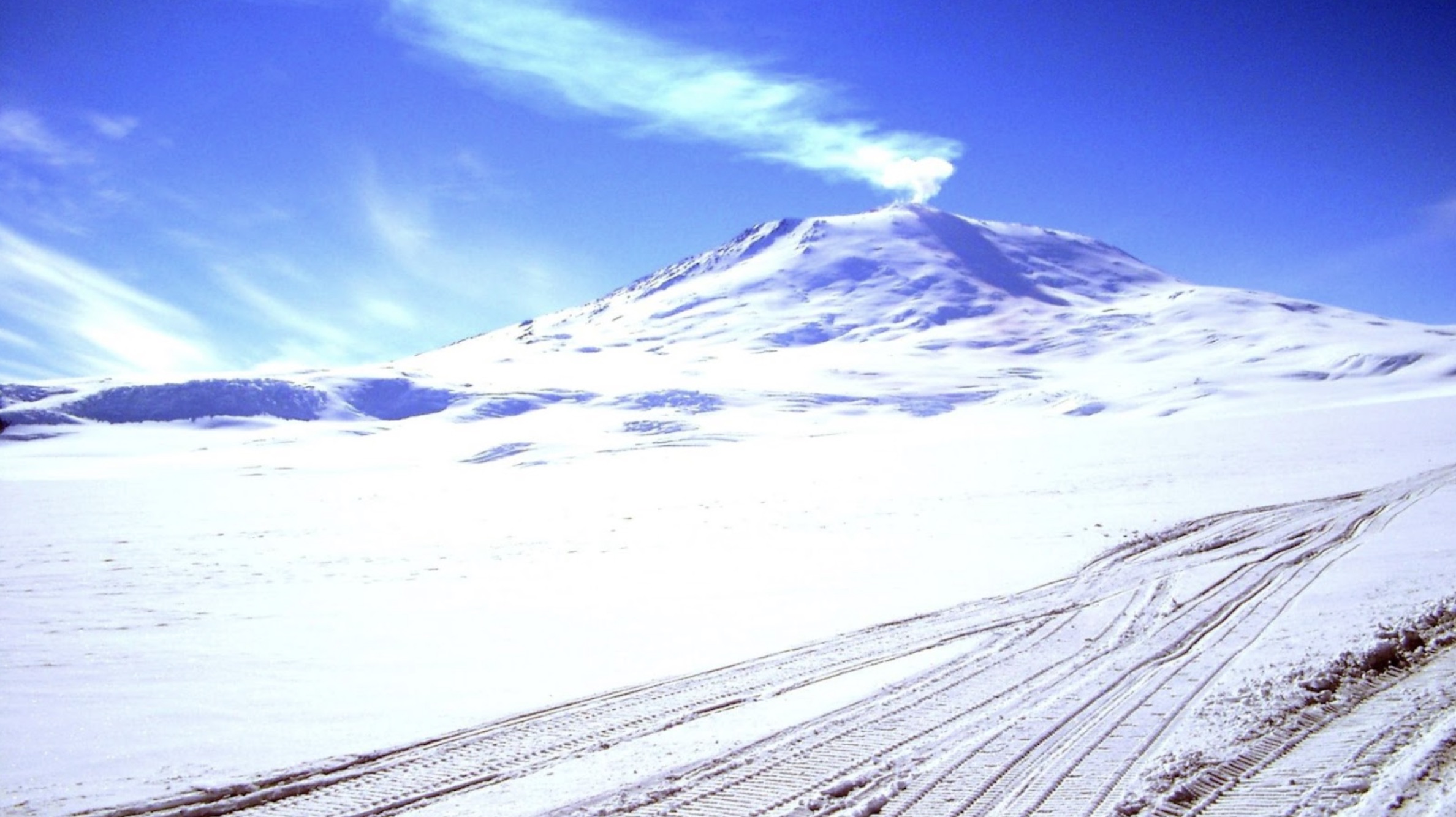
Source: es0teric/Wikimedia Commons
However, Antarctica is also full of volcanoes. In 2017, a study revealed that the continent has at least 138 volcanoes. While many are considered dormant, about eight are labeled as active volcanoes. Mount Erebus is one of them.
The Discovery of Mount Erebus
Mount Erebus wasn’t discovered until 1841 when explorer Captain Sir James Clark Ross saw it erupt. The volcano was called Mount Erebus, named after Greek mythology’s personification of darkness.

Source: Public Domain/Wikimedia Commons
Mount Erebus can be found on Ross Island — named after the captain who first discovered the volcano — near two other volcanoes.
The Tallest Active Volcano in Antarctica
Today, Mount Erebus is considered the tallest active volcano in all of Antarctica. The volcano’s summit elevation is 12,448 feet. It’s also the most southern active volcano seen on the entire planet.
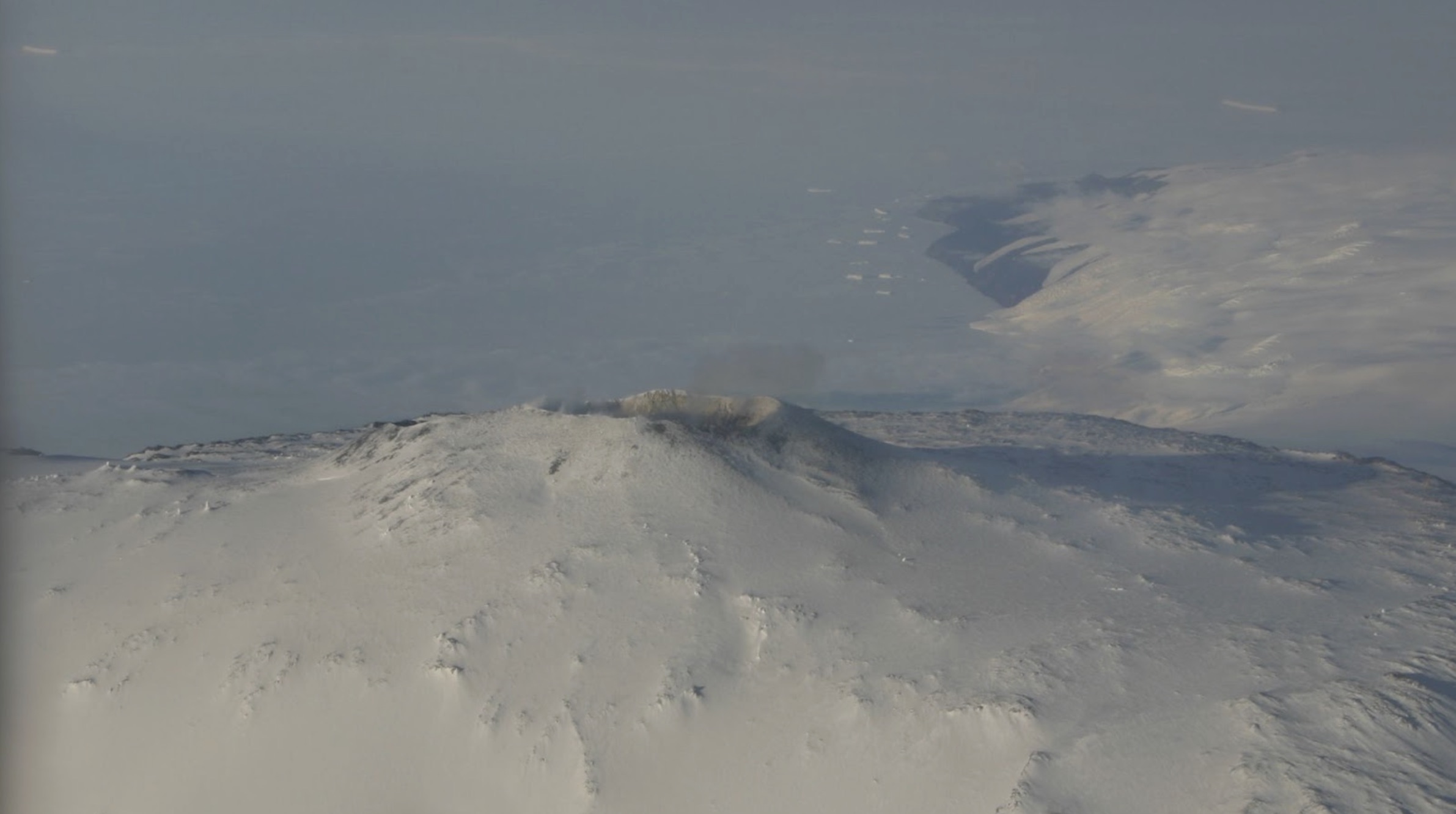
Source: jeaneeem/Wikimedia Commons
In modern history, only three of Antarctica’s volcanoes have been seen to erupt, even though it holds hundreds. Mount Erebus is one of the volcanoes that has been witnessed as being active.
A Lava Lake
When looking at satellite photos of Mount Erebus, one can see small parts of red surrounded by white ice and snow. This is a lava lake that has been active since 1972, at the very least.
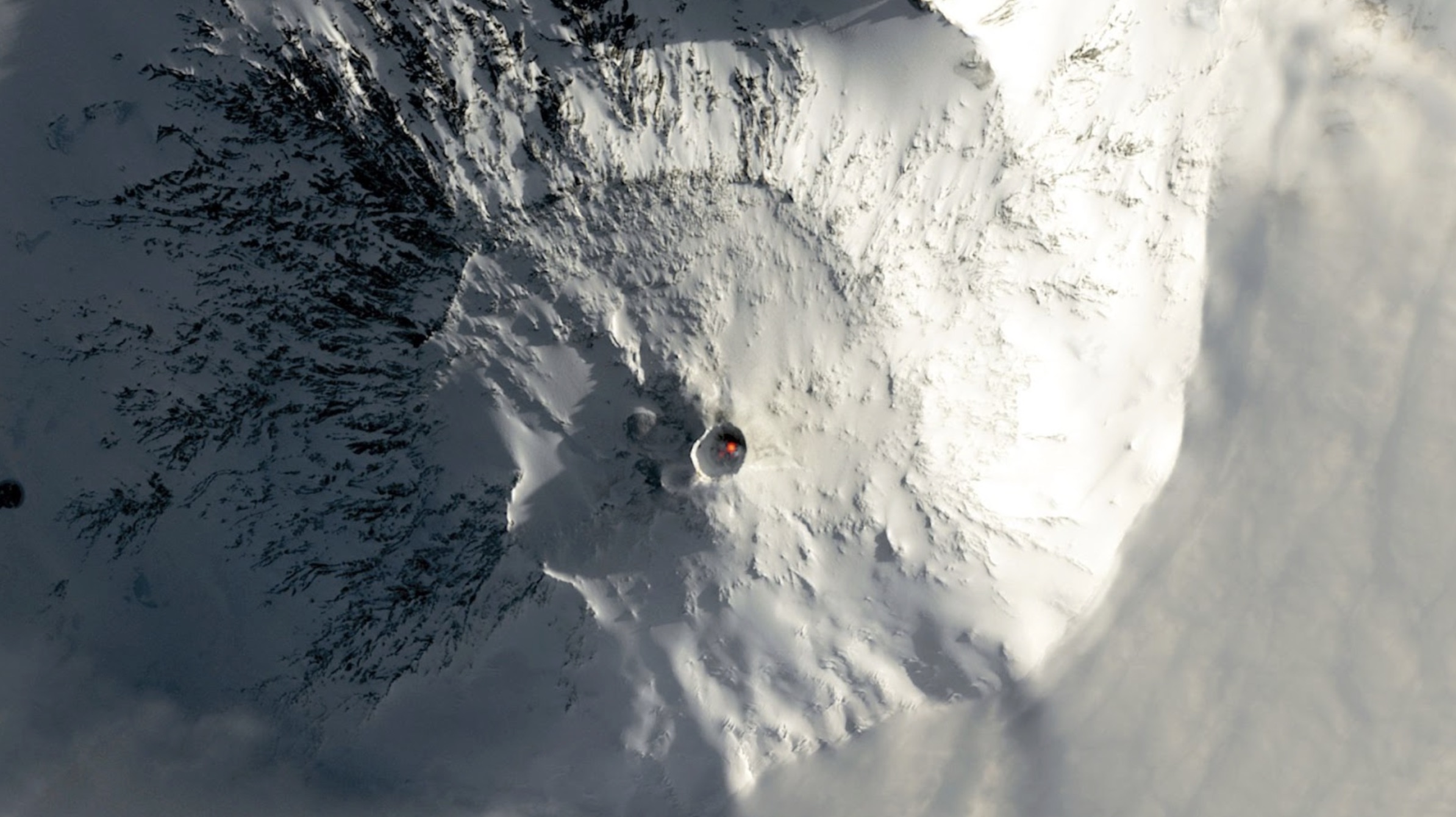
Source: Contains modified Copernicus Sentinel data 2020/Wikimedia Commons
Thanks to the remote area where the volcano is located, much of the information scientists have on Mount Erebus is the result of analyzing satellite images.
The Activity of Mount Erebus
Though Mount Erebus may not have huge volcanic activity on a daily basis, it still emits various gas and steam particles daily.
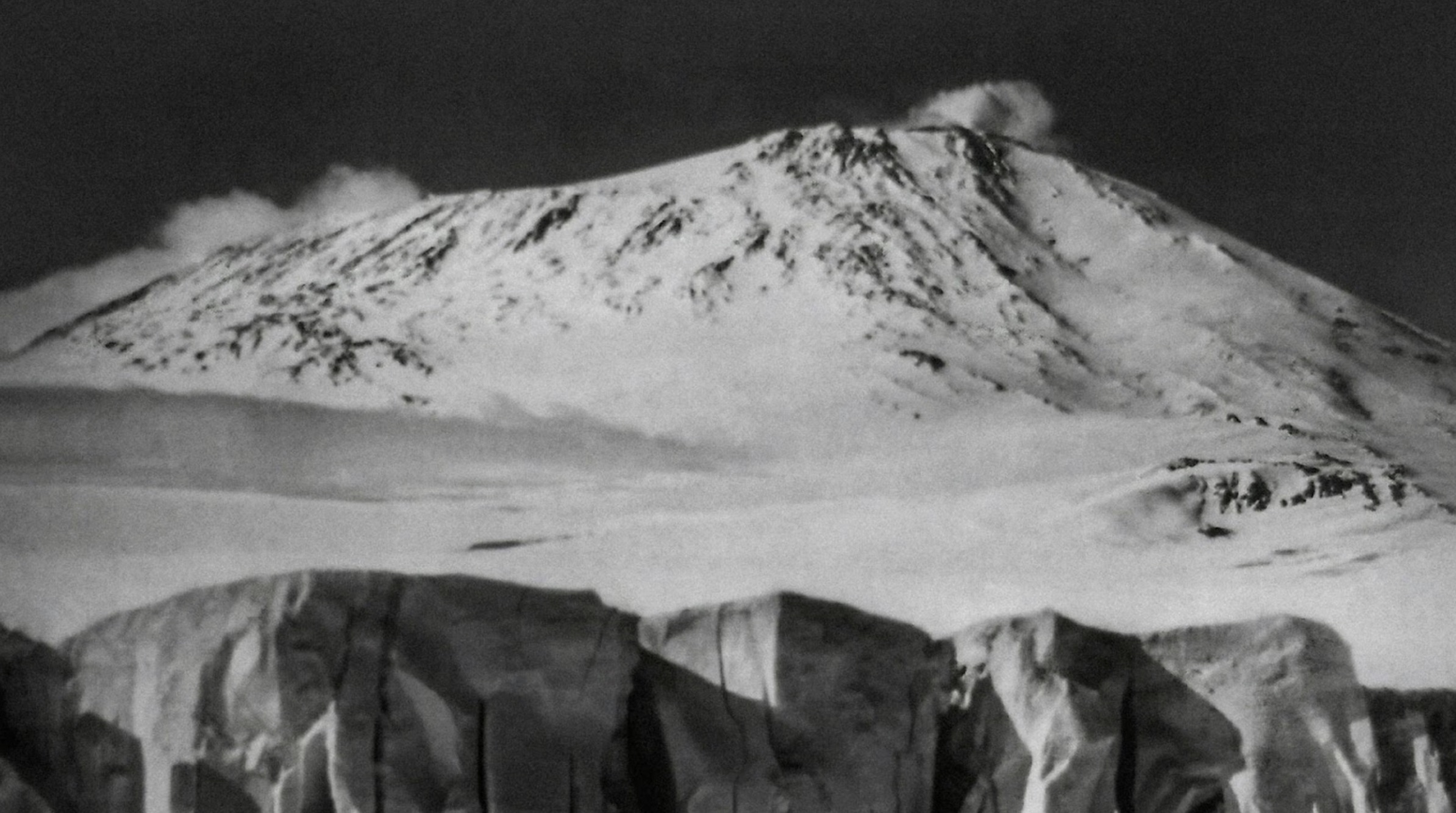
Source: Unseen Histories/Unsplash
During its periods of volcanic activity, this mount is known to emit “volcanic bombs,” boulders that are formed of partially molten rock.
The Emission of Gold
Perhaps most interesting about this very tall volcano is the fact that scientists have discovered that Mount Erebus produces gusts of gold.
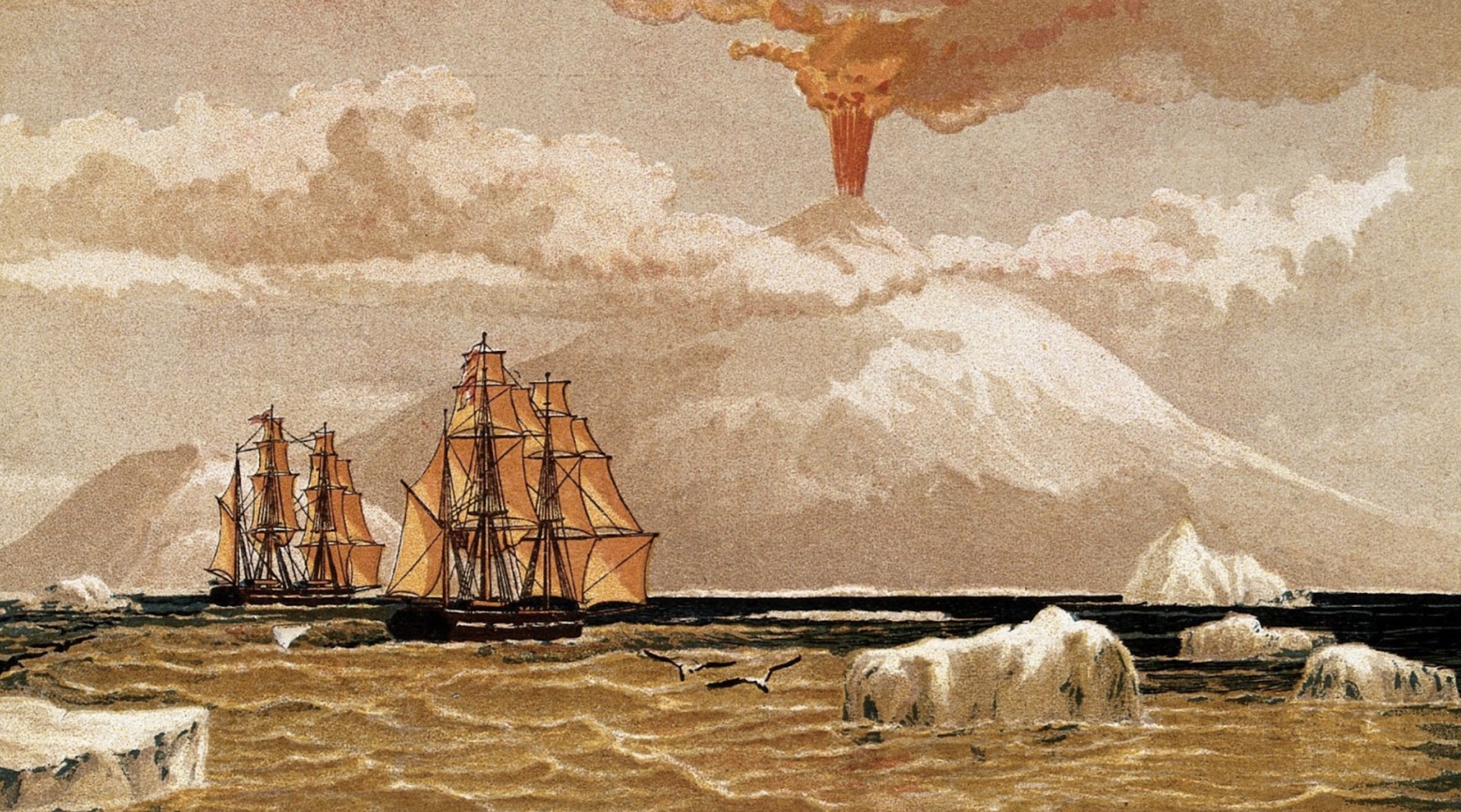
Source: This file comes from Wellcome Images, a website operated by Wellcome Trust, a global charitable foundation based in the United Kingdom./Wikimedia Commons
Mount Erebus emits gusts of gas. These gusts have tiny crystals in them that are metallic gold. They are very small and tend to be tinier than 20 micrometers. However, these emissions occur throughout the day, consistently.
$6,000 Worth of Gold
Scientists now believe that Mount Erebus emits about $6,000 worth of gold on a daily basis. This is also equal to about 80 grams of gold.
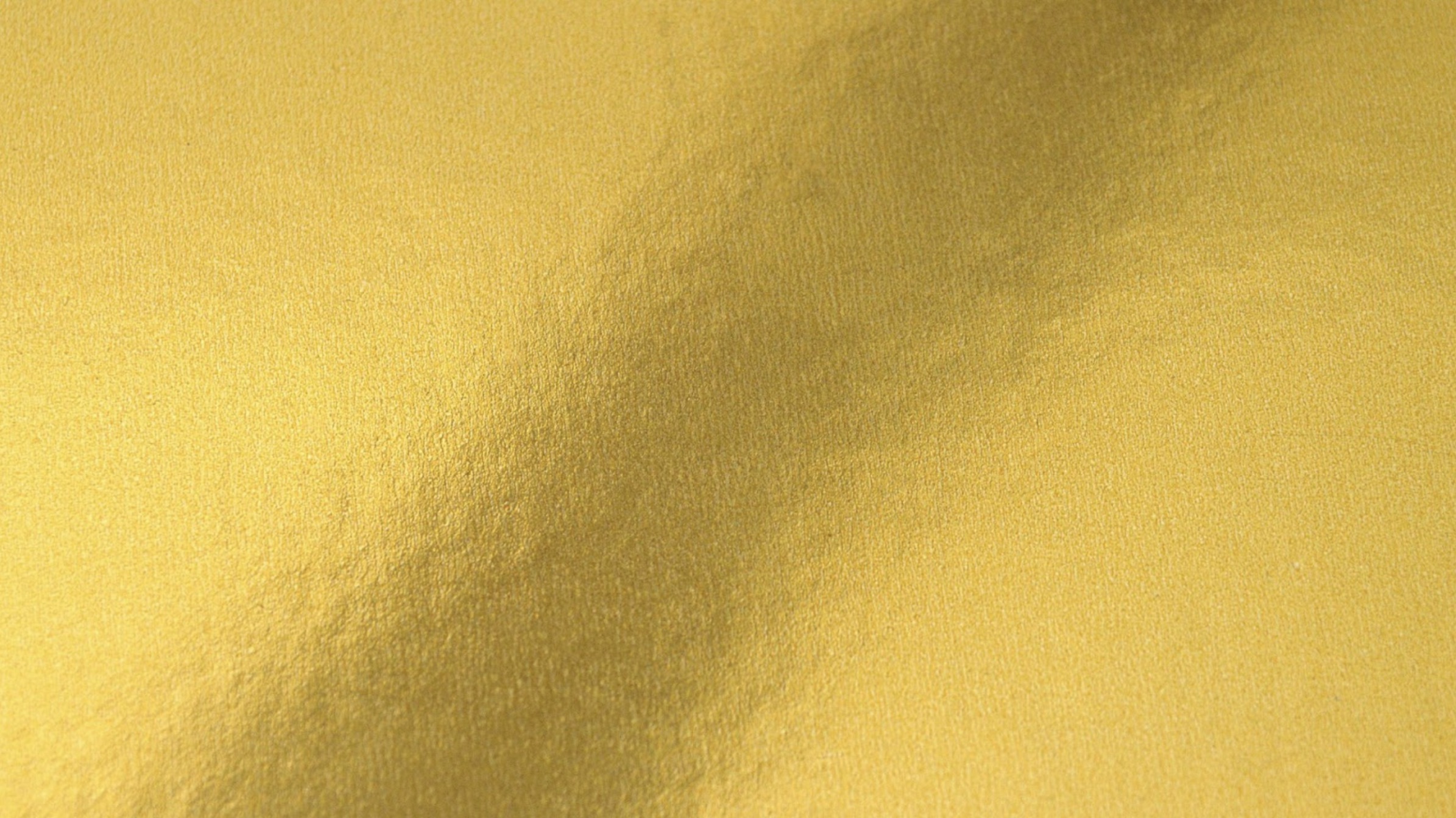
Source: Katie Harp/Unsplash
The gold can be found both on the ground and up in the air. Some researchers have even found these gold particles up in the air about 621 miles above the volcano.
Finding Gold Dust
Scientists consider these particles gold dust, and have found it in various areas around the volcano.
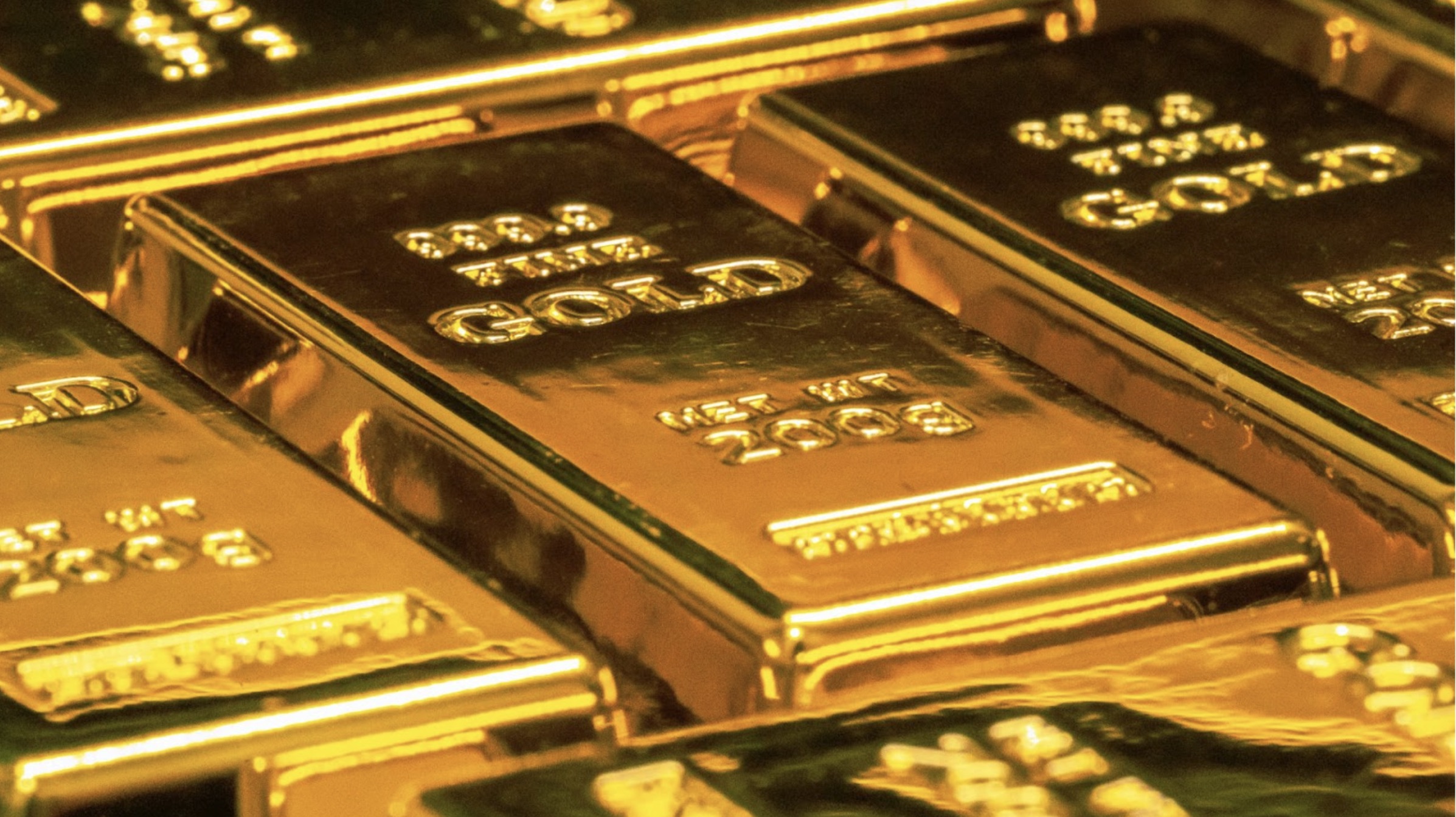
Source: Jingming Pan/Unsplash
Of course, those thinking about getting to Mount Erebus and finding some of this gold dust for themselves are out of luck. Mount Erebus is in a remote location on the desolate Antarctic continent. Even researchers don’t analyze the volcano as much as they do others, thanks to its remote location!
The Mount Erebus Disaster
Unfortunately, Mount Erebus is perhaps best known for what is now considered the Mount Erebus disaster, which ended in the deaths of 257 people.
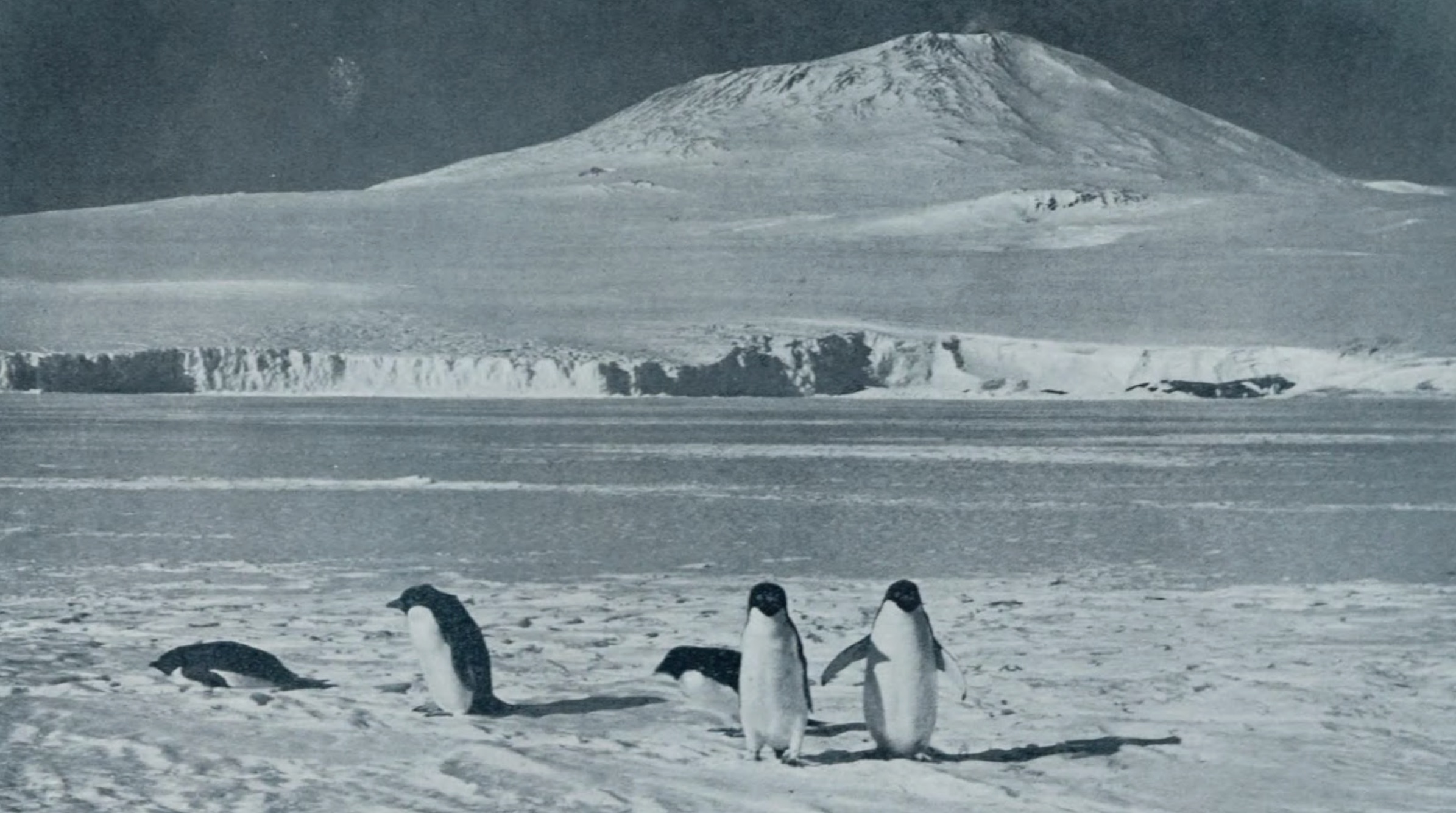
Source: Public Domain/Wikimedia Commons
In 1979, an Air New Zealand flight flew passengers over Antarctica. This flight was part of a program that allowed passengers to see various aspects of Antarctica. However, this sightseeing adventure ended in tragedy.
A Cloudy Day in 1979
The flight took off on November 28, 1979. It was reportedly quite cloudy when the plane began its 11-hour journey. However, the flight went ahead as it was scheduled.
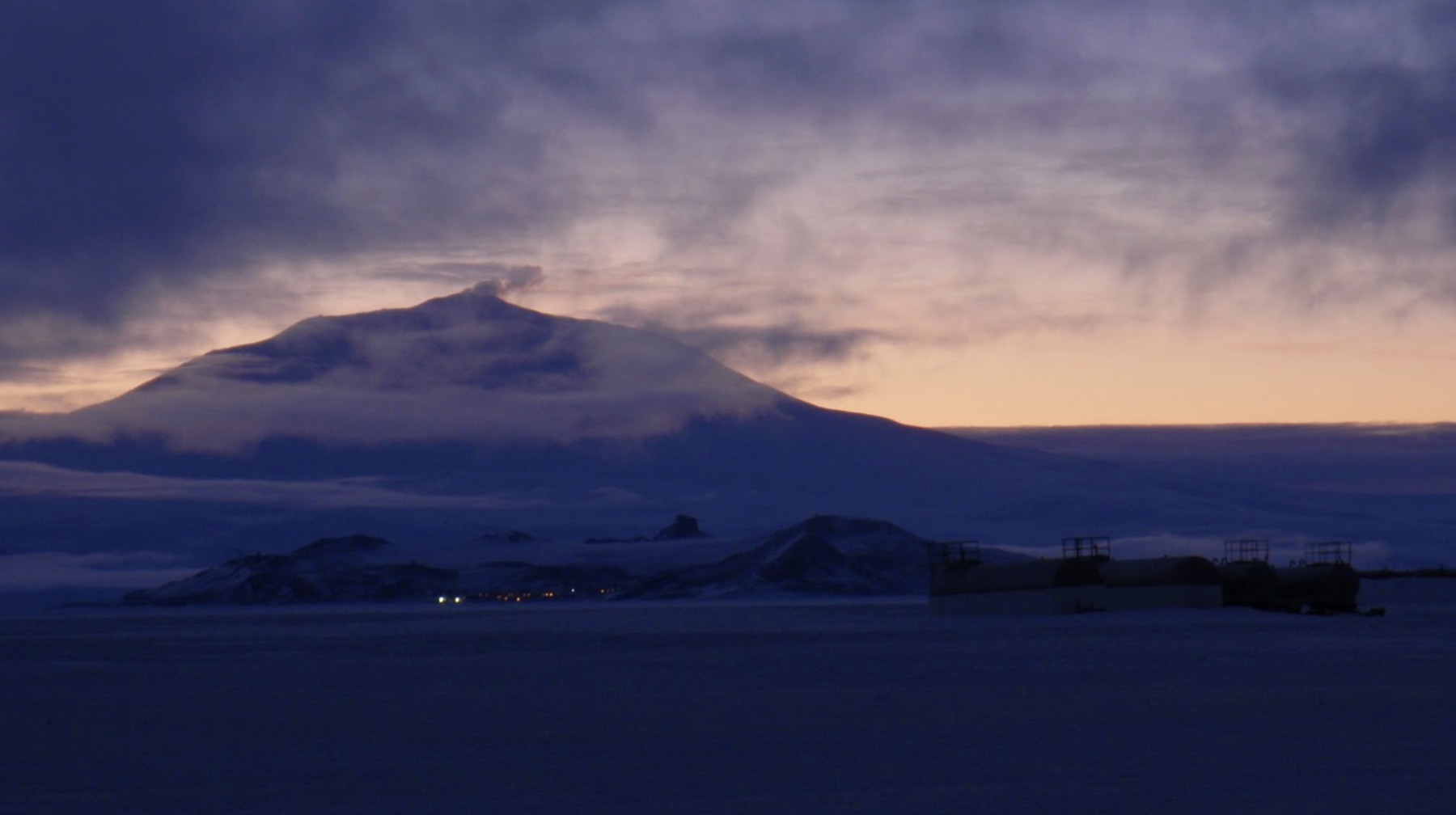
Source: Public Domain/Wikimedia Commons
According to reporting at the time, the pilot of the plane tried to descend the plane, possibly to see better through the clouds. However, this led to the plane crashing into the side of Mount Erebus and killing all 257 passengers on board instantly.
New Evidence
When investigators traveled to the scene of the wreck, they discovered that many passengers had cameras that contained footage of the wreck.
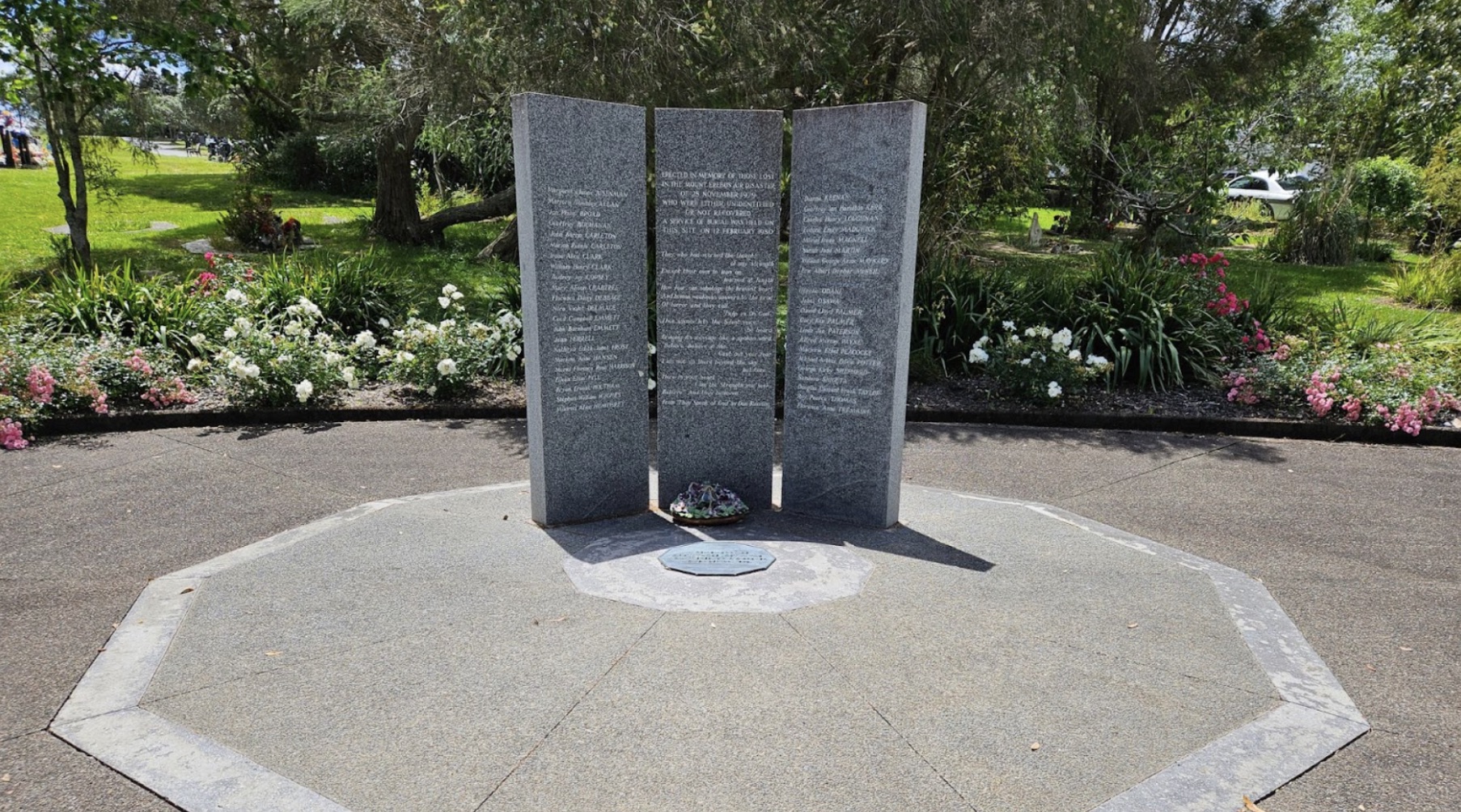
Source: Prosperosity/Wikimedia Commons
New evidence from these cameras has led to investigators believing a “whiteout” led to the crashing of the plane, rather than the initial idea that the volcano was hidden by clouds.
